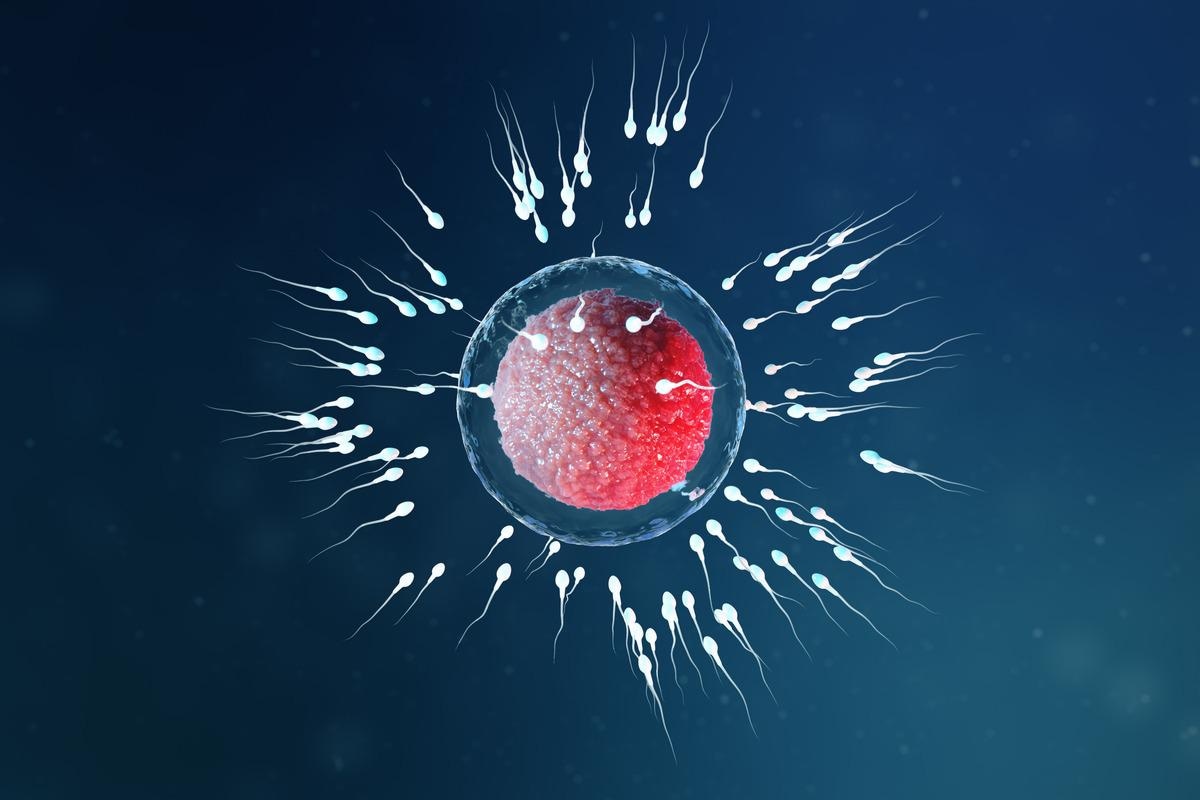The coronavirus disease 2019 (COVID-19) outbreak caused by severe acute respiratory syndrome coronavirus 2 (SARS-CoV-2) was declared to be a global pandemic by the World Health Organization (WHO) on March 11, 2020.
 Study: Potential effects of COVID-19 on reproductive health: a mini review. Image Credit: Rost9/Shutterstock
Study: Potential effects of COVID-19 on reproductive health: a mini review. Image Credit: Rost9/Shutterstock
The entry of the virus inside the host cell takes place by binding the viral spike (S) protein present at the cell membrane to the human angiotensin-converting enzyme 2 (ACE2). After that, the 5' end Orf1a/B gene is translated by a cell protein translation system. An RNA polymerase complex is produced that further produces a positive and negative chain using the viral genome.
During the early stages of infection, patients show normal or reduced counts of white blood cells, high C-reactive protein levels, reduced counts of lymphocytes, normal level of procalcitonin, and positive findings of imaging examinations. Severely infected patients showed increased levels of proinflammatory cytokines and cytokine storm characteristics. However, information on the impact of COVID-19 on reproductive health is rare.
Recent studies have reported that in germ cells, Leydig cells, and Sertoli cells of testes and ovaries, the ACE2 receptor can be expressed. This suggests that the testes can serve as a possible target of SARS-CoV-2.
A new review article published in the American Journal of Translational Research investigated the relation between SARS-CoV-2 infection and reproductive health.
Molecular basis of testicular injury caused by SARS-CoV-2
Although ACE2 is important in viral entry, alone, it is insufficient to induce virus infection in host cells. ACE2 requires the assistance of other receptors and co-receptors to mediate host cell invasion, such as a transmembrane serine protease 2 (TMPRSS2) on the cell membrane.
ACE2 are also expressed by the Sertoli cells, spermatogonia cells in the tubules of human testes, and Leydig cells in the interstitial region. High levels of ACE2 are expressed by the support cells, while low levels are expressed by early spermatocytes, late spermatocytes, and sperm cells. The expression pattern of TMPRSS2 was found to be quite different from ACE2.
Additionally, the BSG, CTSL, and CTSB genes associated with COVID-19 were expressed at different degrees in the spermatogenic cells and stromal cells at different developmental stages. The testis, therefore, has a risk of COVID-19 infection but the mechanism of infection is still not clear.
Impact of COVID-19 on female reproduction
Several studies indicate that the Ang (1-7)-MAS receptor-ACE2 axis exists in human ovaries, along with the presence of ACE2 markers at all levels in follicles. ACE2 was expressed by the granulosa cells and the endometrial epithelial cells but not so much by the stromal cells. The expression level of ACE2 was reported to change with the menstrual cycle.
SARS-CoV-2 is speculated to affect the ovary's follicular membrane and granular cells, influence the growth of follicles and the quality of oocytes, lessen the ovarian reserve function, and cause infertility or pregnancy loss. It can also damage the endometrial epithelial cells that affect early embryo implantation. Several studies have suggested that SARS-CoV-2 can indirectly affect fetal growth in pregnant women. Therefore, monitoring fetal growth, especially during the second half of pregnancy, is important in women infected with SARS-CoV-2.
However, studies regarding the impact of COVID-19 on pregnancy outcomes are rare. The potential of vertical transmission between mother and child is also extremely low. Some recent studies have indicated changes in breast milk proteins and metabolism associated with COVID-19. The changes in the breast milk composition may be damaging to the early development of the immune defenses in newborns.
Impact of COVID-19 on male reproduction
Studies have reported that all SARS-CoV-2 infected males had orchitis at autopsy. The expression of ACE2 in males is mostly in renal tubule cells, testicular stromal cells, and spermatogenic cells, while the expression of TMPRSS2 was in sperm cells and spermatogonial cells.
The expressions of genes related to virus reproduction and transmission were upregulated in ACE2-positive spermatogonial cells, while genes related to spermatogenesis were downregulated. The expressions of intercellular connection genes and immune-related genes were increased in ACE-positive mesenchymal cells and supporting cells while expression of reproductive-related genes was decreased.
Studies also suggest that the expression of ACE2 in testicular cells is associated with age. The highest expression was reported in the 30-year-old age group, while the lowest was reported in the 60-year-old group. COVID-19 infection could result in more severe testicular damage in young men than older men. SAR-CoV-2 infections in males have also been associated with a higher risk of male sterility.
Semen analysis results of patients undergoing recovery period and acute phase suggested that the positivity rate was 26.7% during the acute phase and 8.7% during the recovery period. Semen analysis also reported that patients with moderate infection showed lower sperm concentration, a lower total number of sperm per ejaculate, motile sperm, and progressively motile sperm than healthy individuals.
Furthermore, levels of the serum luteinizing hormone (LH) were significantly increased in men infected with SARS-CoV-2 along with a decrease in the testosterone (T) to LH and follicle-stimulating hormone (FSH) to LH ratios.
Conclusion
Recent studies show that female and male reproductive systems have a molecular basis to support viral attachment. COVID-19 has several negative impacts on the reproductive system and can result in infertility. However, further research is required to divulge the relationship of the infection with the novel coronavirus and fertility deficit. Medical professionals should also assess a patient's fertility needs, disease status, and psychological status so that they can help to provide proper fertility guidance and counseling.